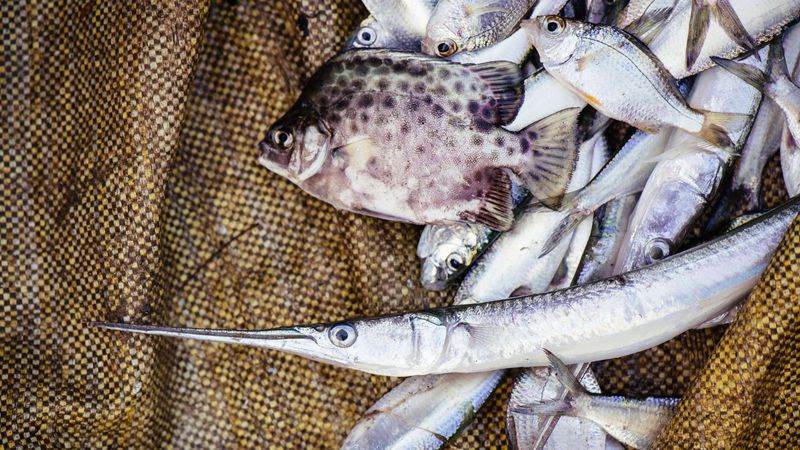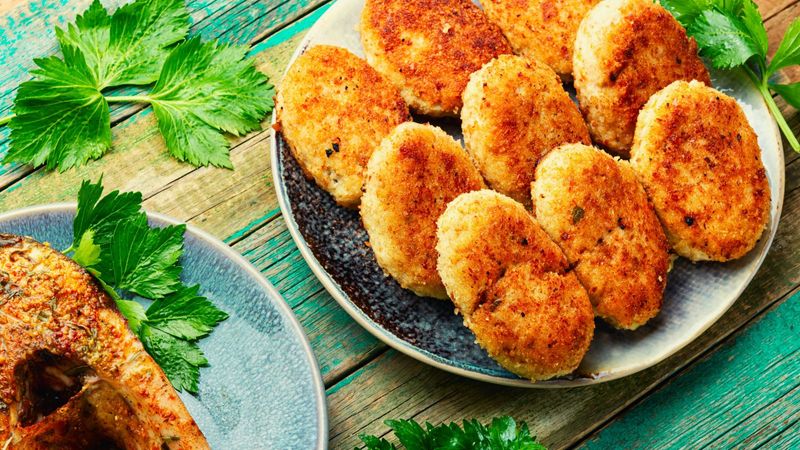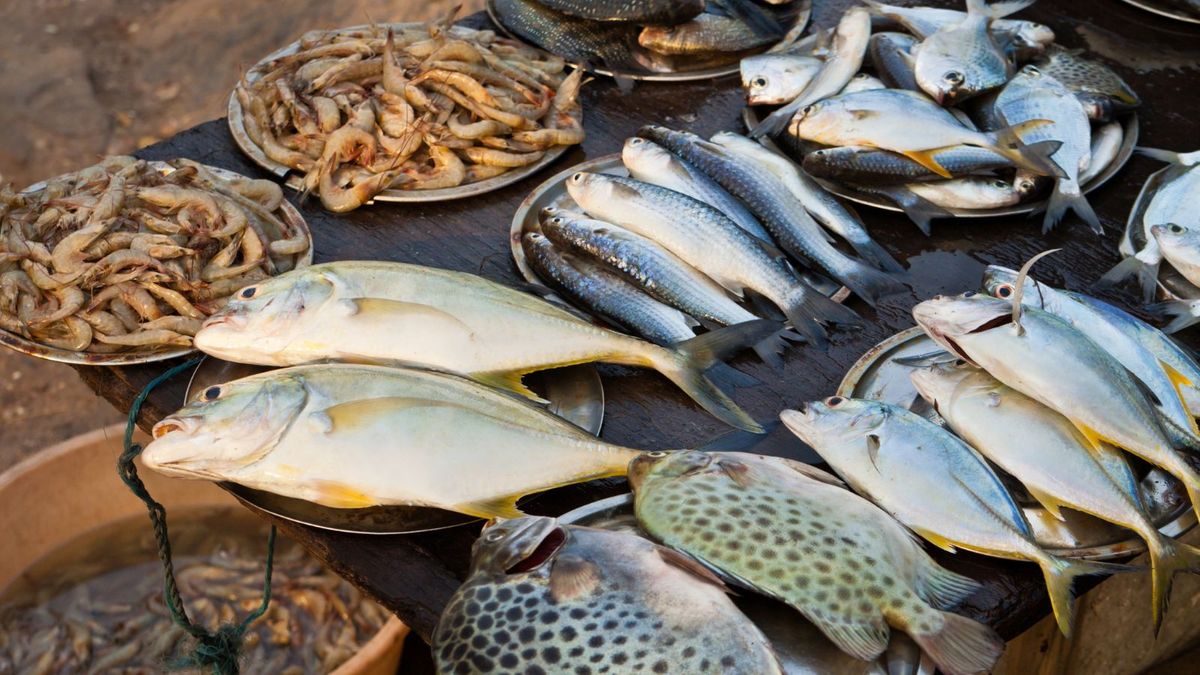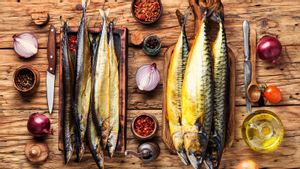Think monsoon and it calls to mind soul-warming images of piping hot chai-pakoras and pleasant weather. But what ruins the joy are the many food myths associated with the season. The most common is – to avoid fish during monsoon because it is the breeding season and what’s available is not fresh. What adds to it is the government ban on fishing in different parts of India during the monsoon.
We spoke to InSeason Fish and Know Your Fish (KYF), two Indian initiatives that promote sustainable seafood consumption on the east and west coast of India and found that there’s no reason to avoid all types of fish during monsoon. And the reason for the fishing ban in different parts of the country may differ - from protecting the livelihood of small-scale fishermen to fishing rest, and protection of fish stocks.
Different varieties of fish breed in different seasons. You just need to know which fishes are not breeding during monsoon, check availability and pick one (or a few) for your plate, mentions Pooja Rathod, co-founder, Know Your Fish. But this can be confusing and the details, difficult to remember. Fortunately, InSeason Fish and KYF, maintain month-wise calendars that summarise, both, which fish to eat and those to avoid based on their vulnerability, so you be better informed.
But before you check out your options of which fish to eat during monsoon, here are a few points to keep in mind while shopping for fish all year round.
Choose sustainable

Purchasing seafood with a clear conscience is becoming more and more important with time and hence, InSeason Fish co-founder Divya Karnad suggests you source your seafood from a responsibly managed source. Identifying a responsible source of seafood can get tricky, considering that our country doesn’t have elaborate certifications like those abroad. She says: “Based on my work in the past decade, small-scale fishermen have a lower environmental impact compared to the large-scale, mechanised ones. So, for the moment, take small-scale fishing – your local, independent fishermen with small boats – as a symbol of sustainable fishing and buy from them.”
Hook, line and laying traps are a few of the low-impact catch methods used by small-scale fishermen, which ensure other seafood and marine life remain unaffected. Buying from them also means you are supporting the local economy while increasing demand for local, sustainable seafood, which takes us to the next point: eat local and diverse.
Eat local and diverse

Year after year we, Indians, predominantly opt for a handful of popular fish varieties such as pomfret, kingfish (surmai) and Indian salmon (rawas). Meanwhile, there is a diverse range of seasonal options on both the east and west coast of India that are going underappreciated. Karnad, who is a marine biologist for over a decade now, shares, “According to a recent study, two-thirds of our marine fish catch is going towards feeding aquaculture shrimps and pets. This is mainly because people are picky and restrict their palate to limited varieties.” The other species are valued by mostly the coastal communities while the remaining catch ends up in fish processing or other industries as low-value products.
She adds, “By choosing to eat seasonal and local seafood species you are not only contributing to ocean health but also your health because, in addition to the usual Omega 3 and fatty acids, there are a lot of micro minerals and micronutrients that come from the smaller fish varieties. Also, each fish has a unique composition, so by including a greater variety of seafood in your diet, you are giving your body better health.” A win-win for both parties.
Rathod adds that restaurants must also do their bit by including not just seasonal fishes but also those lower in the food chain, to break the supply and demand cycle for popular fish species.
Say no to juvenile fish

The constant demand for commercially viable fish varieties adds pressure on the fishing community leading to overfishing during breeding seasons, harmful catch methods and habitat destruction. Rathod shares fishermen catch fish regardless of the size and breeding months to fulfill demand and, in most cases, these are juvenile. Catching baby fish takes away their chance to become adults and breed ensuring the species’ survival. As a result, you will witness a decrease in fish population and, before you know it, find it listed in the endangered species' one.
Give fish eggs a thought

A seasonal luxury, fish eggs or roe, the lump of unfertilised fish eggs, is a delicacy in coastal parts of India. Kerala relishes it as a thoran, while West Bengal and Odisha like theirs in cutlet form called bhaja. Yet there is no denying that this speciality food is next year’s catch, which you are enjoying today, points out Karnad. Ask Rathod about how sustainable fish eggs and she promptly says, “Consuming caviar (salt-cured eggs from sturgeon fish) means catching fish during the breeding season. We do not support it.”
So, next time you’re shopping for fish keep these points in mind because the only thing better than a delicious fish is a fish you can feel good about.
And now that you know your way to making sustainable choices, here’s a list of fish and other seafood to eat and those to avoid in July and August, according to these two expert-led initiatives.
What fish to eat during the monsoon seasonWest Coast of IndiaJulyWhat to eat: Tuna, barramundi, catfish, crabs, golden anchovy, Indian salmon, bigeye snapper, emperor, whitefish. What to avoid: Mackerel, sardines, black pomfret, grouper, cobia, emperor and croakers. AugustWhat to eat: Sardines, white prawns, crabs, catfish, barramundi, kingfish, Indian salmon and golden anchovy. What to avoid: Dolphin fish, Indian oil sardine, mackerel, ladyfish, tiger prawns, small catfish, emperor, black pomfret, grouper, bronze croaker, and dogfish. East Coast of IndiaJulyWhat to eat: Spotty-faced anchovy, mackerel, striped grouper, silver bellies, sawtooth barracuda, spiny cheek grouper, striped eel catfish, lesser tiger tooth croaker, and prawn. What to avoid: Japanese threadfin, cinnabar goatfish, pink-ear emperor. AugustWhat to eat: Threadfin bream, ribbonfish and croakers. What to avoid: Indian goatfish, Indian mackerel and milk shark. |
For more information, visit InSeason Fish and Know Your Fish.





